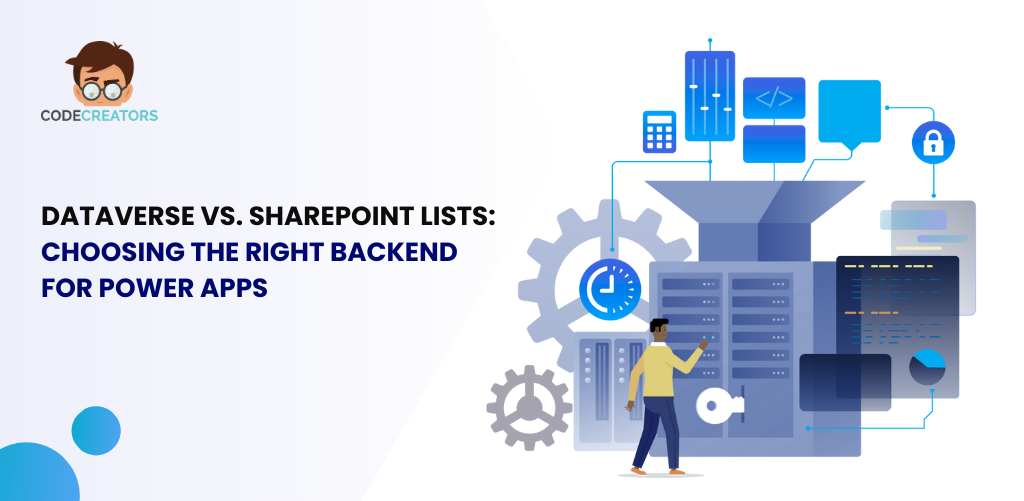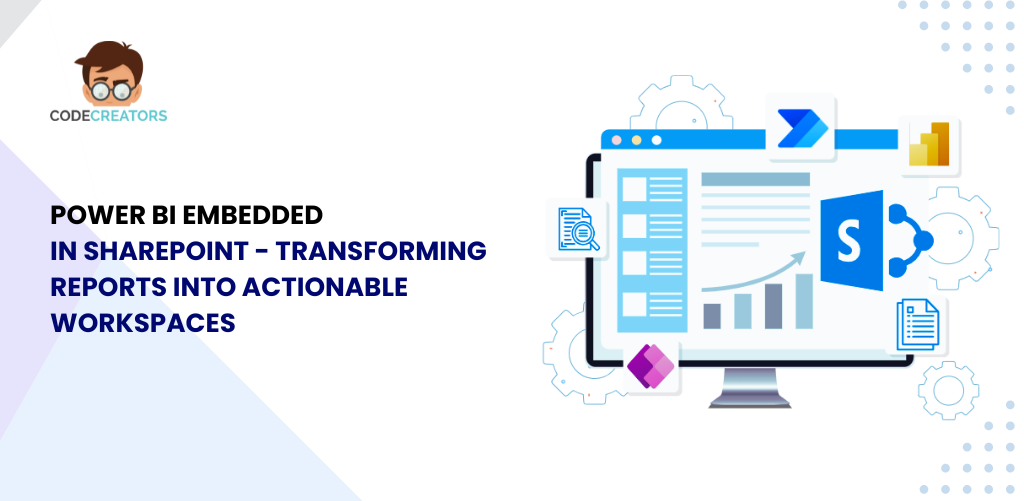Which Power Automate Plan is Best for Robotic Process Automation?

Robotic Process Automation (RPA) is transforming how businesses handle repetitive tasks by automating manual processes with bots. Microsoft Power Automate offers a robust RPA solution with cloud and desktop automation capabilities. However, selecting the right Power Automate plan for RPA depends on factors like cost, scalability, and feature requirements. This article explores which Power Automate plan best supports RPA and how it compares to competitors like UiPath and Automation Anywhere.
Understanding Power Automate Licensing for RPA
Microsoft provides multiple licensing options tailored for automation:
- Per User Plan – Best for users who need unlimited cloud automation.
- Per User with Attended RPA – Designed for individuals requiring desktop automation with AI-powered bots.
- Per Flow Plan – Ideal for organizations needing shared RPA workflows across multiple users.
- Pay-As-You-Go (PAYG) – Allows businesses to pay per execution, offering flexibility and cost control.
Choosing the best RPA plan depends on automation complexity, user needs, and budget constraints.
Comparing Power Automate’s RPA Plans to Competitors
Pricing and Feature Comparison
| Platform | Pricing Model | Cloud Automation | Desktop RPA | AI Capabilities |
| Power Automate | Per user, per flow, PAYG | Yes | Yes | Yes |
| UiPath | Per bot, enterprise | Limited | Yes | Yes |
| Automation Anywhere | Per bot, per user | Limited | Yes | Yes |
| Blue Prism | Enterprise licensing | No | Yes | Yes |
Power Automate offers greater flexibility than competitors by combining cloud and desktop RPA under multiple pricing models. UiPath and Automation Anywhere charge per bot, making scalability expensive for businesses with high-volume automation needs.
Cloud vs. Desktop RPA in Power Automate
| Feature | Cloud RPA | Desktop RPA |
| Execution Environment | Cloud-based | On-premises |
| Best For | Web-based apps, SaaS integrations | Legacy applications, Windows-based processes |
| Integration | Microsoft 365, Dynamics 365, Azure | Local desktop workflows, Windows automation |
| Licensing Model | Per user, per flow, PAYG | Per user with attended RPA |
Businesses that require web automation can use Power Automate’s cloud flows, while organizations needing legacy system automation benefit from desktop RPA.
Selecting the Best Power Automate Plan for RPA
1. Best for Individual Users: Per User with Attended RPA
This plan is suited for employees who need desktop automation but don’t require unattended bots. It allows users to automate repetitive tasks within their daily workflow, such as data entry, file processing, and report generation.
2. Best for Team-Based Automation: Per Flow Plan
For organizations that need multiple users to access RPA workflows, the Per Flow Plan is the most cost-effective. Instead of purchasing individual user licenses, businesses can create shared RPA workflows that multiple employees can execute.
3. Best for Enterprises Scaling RPA: Pay-As-You-Go Model
Large enterprises with fluctuating automation demands benefit from Pay-As-You-Go (PAYG) licensing. This model eliminates upfront costs, allowing companies to scale automation without financial commitments. It’s particularly useful for businesses automating seasonal processes or batch operations.
| Power Automate RPA Plan | Best For | Pricing Advantage |
| Per User with Attended RPA | Individual automation | Low-cost for single users |
| Per Flow Plan | Team-based automation | Reduces licensing costs per user |
| Pay-As-You-Go (PAYG) | Enterprise-wide automation | Flexible, cost-efficient scaling |
Why Power Automate is a Strong RPA Choice
Cost-Effective Compared to UiPath and Automation Anywhere
Unlike competitors that rely on bot-based pricing, Power Automate offers a per-user and per-flow approach, making it more affordable for businesses expanding automation.
Seamless Integration with Microsoft Ecosystem
Power Automate integrates natively with Microsoft 365, Dynamics 365, and Azure, allowing businesses to connect automation workflows with their existing tools without third-party software.
Built-in AI Capabilities
With AI-powered bots and cognitive automation, Power Automate enhances RPA beyond simple rule-based tasks. Businesses can implement document processing, sentiment analysis, and intelligent decision-making within automated workflows.
Case Study: How a Financial Services Firm Optimized RPA with Power Automate
A financial institution implemented Power Automate to streamline compliance reporting and transaction processing. By integrating Power Automate’s desktop RPA with Microsoft Excel and SharePoint, they:
- Reduced manual data entry errors by 90%.
- Automated 20+ daily compliance reports.
- Saved over 1,000 employee hours per month.
Compared to UiPath, Power Automate provided cost savings of 40% due to its per-flow pricing and cloud-first approach.
Conclusion: Which Power Automate Plan is Best for RPA?
The best Power Automate plan for RPA depends on business needs:
- For individual users, the Per User with Attended RPA plan is ideal.
- For teams, the Per Flow Plan offers shared automation at a lower cost.
- For enterprises, Pay-As-You-Go (PAYG) licensing enables cost-effective scaling.
With lower costs, seamless Microsoft integration, and AI-powered automation, Power Automate is a strong competitor to UiPath and Automation Anywhere. Businesses seeking scalable, flexible RPA solutions should consider Power Automate’s licensing options for long-term automation success.
At Code Creators, we provide expert SharePoint solutions tailored to your business needs. Whether you need help with migration, integration, or custom development, a dedicated SharePoint consultant from our team will guide you every step of the way. Let us help you optimize your SharePoint environment for better collaboration and efficiency. Contact us today to get started!
Sherry Rajani, is a tie-loathing adventurer and troublemaker who believes in turning ideas into reality. Even though his experience is primarily in Microsoft Cloud and On-Premise Solutions, Sherry has also lead teams building Custom ERPs, Mobile Applications, Data Management and other solutions.
After working in the Toronto Technology Industry for a while, Sherry started his own Technology Consulting Firm, Code Creators Inc., specializing in the Office 365 Stack ranging from SharePoint Online, the Power Platform, PowerBI and Microsoft Teams.



